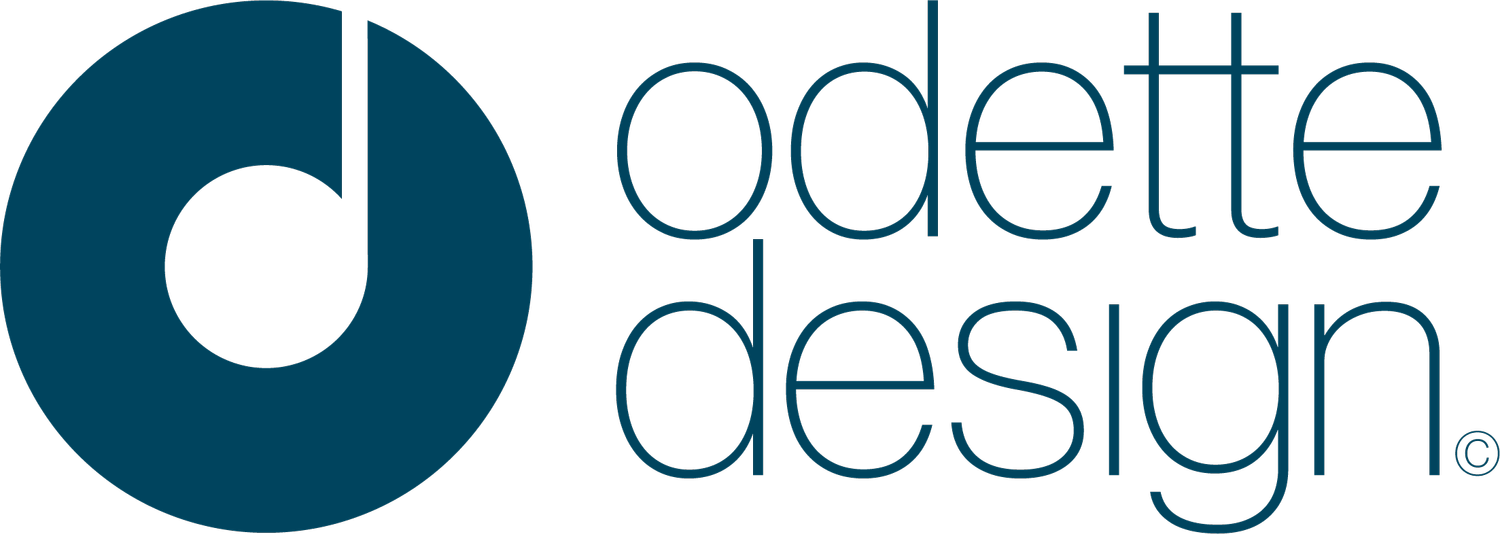UX sketches for a low-fi prototype
Benefits of prototyping
Improves the quality of the design
Identifies issues before the [expensive] build - thus reducing cost
Reduces the risk of building flawed products
Help validate or invalidate assumptions
Helps share ideas
Also helps manage stakeholders by:
Communicating design ideas clearly
Reduces ambiguity
Facilitates executive feedback and buy-in
Choosing the correct fidelity for prototype will depend on the following:
Resource and skillset available
Time
Money (higher fidelity prototype the greater the cost)
The audience (further away the audience is from the product, the higher fidelity prototype you will need)
What is being tested
Sketching is not an alien concept to me - I’ve done this kind of exercise a lot when planning graphic design layouts… esp paginations for larger brochures.
Cheap and quick to reiterate, I did loads of the rougher style screen sketches, reiterating components on the screen until the page made sense, making good use of some old layout paper.
Things I had in mind when designing:
Keep as much white space as possible – makes for a calmer environment, easier to take in the information. Information hierarchy easier to balance
Keep affordances obvious and consistent – no guessing or confusion about what things do
Make sure the size of the buttons are accessible and consistently styled
Place the main action button bottom right - easy to reach this area on phone
Where ever possible, have only one or two main actions per page – makes for a calmer environment, easier to take in the information
For data heavy screens such as search results, use chunking, tabs and reveal solutions
Rough sketches:
What I didn’t do was create interactive paper prototypes… we weren’t really encouraged to do that for coursework submission, I aspire to something like this. Nor were we really encouraged to use something like Marvel. Next project I will make sure I do so.
Neater sketches below:


